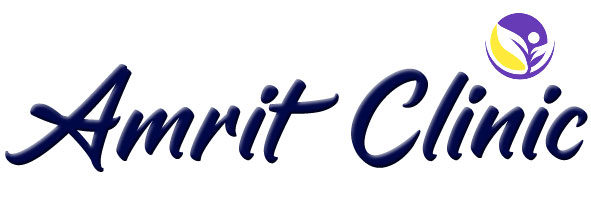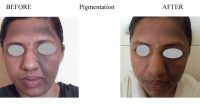Skin is a seamless organ, like a fine cloth protecting valuable assets. Imagine a piece of silk. Just one small tear can make a big difference in how it looks. And it’s the same with skin. Any burn, injury, or other trauma, such as surgery, can cause a scar.
Now a scar isn’t bad if it’s small or in a location that’s easy to conceal. But when it’s not, you may wonder if there’s a way to treat it, other than hiding it under your clothes, that will make it go away or at least change how it looks.
The truth is the scar will never completely go away. But there are some methods that can help reduce its size and change its appearance.
These are several different types of scars including:
Keloid scars. These scars are the result of an overly aggressive healing process. They extend beyond the original injury. Over time, a keloid scar may hamper movement. Treatments include surgery to remove the scar, steroid injections, or silicone sheets to flatten the scar. Smaller keloids can be treated using cryotherapy (freezing therapy using liquid nitrogen). You can also prevent keloid formation by using pressure treatment or gel pads with silicone when you are injured. Keloid scars are most common among people with dark skin.
Contracture scars. If your skin has been burned, you may have a contracture scar. These scars tighten skin, which can impair your ability to move. Contracture scars may also go deeper, affecting muscles and nerves.
Hypertrophic scars. These are raised, red scars that are similar to keloids but do not go beyond the boundary of the injury. Treatments include injections of steroids to reduce inflammation or silicone sheets, which flatten the scar.
Acne scars. If you’ve had severe acne, you probably have the scars to prove it. There are many types of acne scars, ranging from deep pits to scars that are angular or wavelike in appearance. Treatment options depend on the types of acne scars you have.
Pigmentation
Pigmentation both congenital & acquired is better taken care of now a days by nonsurgical modalities. Thanks to the advent in these technologies in past decade. At my clinic we use various permutation & combinations of lasers & other energy devices.


